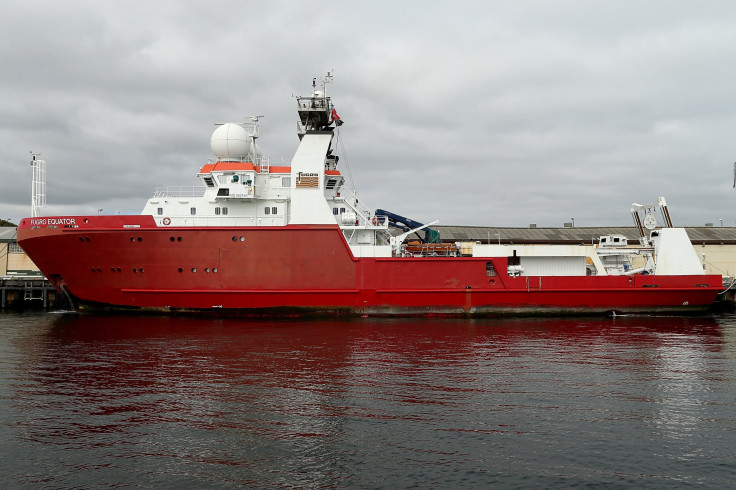Malaysian Airlines Flight MH370 Search Team Loses Sonar Detector Used To Map Seabed

The team searching for the missing Malaysian Airlines Flight MH370 has lost the sonar detector used in the operation, Australia’s Joint Agency Coordination Centre (JACC) announced Monday. The deep water detector, or towfish, was lost after it hit an underwater volcano and sunk to the ocean floor Sunday.
The device was being towed by the search vessel Fugro Discovery, which had returned to the search area in the southern Indian Ocean on Jan. 20 after being serviced at Fremont, Australia.
“The towfish collided with a mud volcano, which rises 2,200 metres from the seafloor, resulting in the vehicle’s tow cable breaking. The towfish and 4,500 metres of cable became separated from the vessel and are now resting on the sea floor,” according to a statement on the JACC website, which also said there were no injuries to the crew.
The ship is on its way back to Fremont, where a spare towfish aboard the ship will be attached with a replacement cable, so it can be used for future search activities. It is expected to reach the port around Jan. 30, the JACC said. The agency added it may be possible to recover the towfish and cable from the ocean floor at a later date.
Flight MH370 disappeared on March 8, 2014, during a flight from Kuala Lumpur to Beijing, and is believed to have crashed into the Indian Ocean. Only one piece of debris from the plane has been found so far, a piece of a wing that washed up on Reunion Island — about 2,300 miles away from the current search area — in July 2015.
Two other search vessels, Fugro Equator and Havila Harmony, are also involved in the search operations. JACC announced last year that search for the missing flight will likely end in June this year.
© Copyright IBTimes 2024. All rights reserved.





















